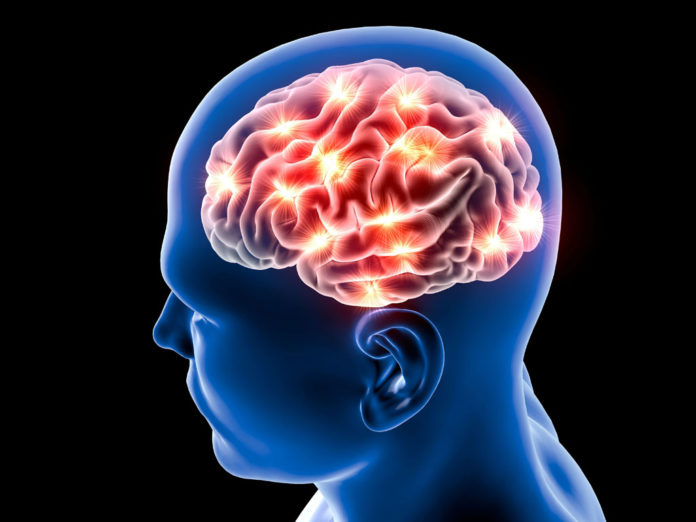
New technology called magnetic resonance elastography (MRE) can track brain activity in milliseconds
Researchers have discovered a new way to measure brain function in milliseconds using magnetic resonance elastography (MRE). This could help with diagnosing and understanding several neurological diseases like Alzheimer’s, dementia, multiple sclerosis, or epilepsy.
Functional MRI (fMRI), which measures changes in blood oxygen levels, has revolutionized the field of neuroscience by revealing functional aspects of the brain. But the speed at which we can noninvasively follow brain function using an MRI is not as impressive and can take up to six seconds in humans. An international team of researchers led by King’s College London, Harvard and INSERM-Paris have discovered a new way to ‘see the brain thinking’ within a 100 milliseconds time scale. This signals a major development in the science of tracking brain activity as it could now allow scientists to visualise responses in the brain as they unfold. Findings were published in in Science Advances.
The team successfully used a technology called magnetic resonance elastography (MRE) to track brain activity. Lead researcher, Professor Ralph Sinkus from the School of Biomedical Engineering & Imaging Sciences at King’s said: “While the brain is capable of processing signals at very high speeds, functional MRI technology can’t follow fast neuronal changes, so we can’t ‘see the brain think’.
They are now looking to use MREs to observe brain activity, which they hope will help diagnose and understand neurological diseases like Alzheimer’s, dementia, multiple sclerosis, or epilepsy
“We’ve now discovered that MRE technology allows us to see brain activity on a much shorter time scale. This is a fascinating and unprecedented result as it shows that brain tissue changes in quasi real time. It will open a new gateway to understand how the brain is functioning.”
While the technique has currently been tested on mice, co-author Sam Patz, Professor of Radiology at Harvard Medical School said: “Translation of this technology to humans is straightforward and initial studies are currently underway.”
Initially interested in scanning the lungs using MRE, the team switched focus when brain scans showed parts of the brain reacting without reason. They then conducted studies on mice, and found that regions of the brain react under different types of stimulus timing using MRE.
They are now looking to use MREs to observe brain activity, which they hope will help diagnose and understand neurological diseases like Alzheimer’s, dementia, multiple sclerosis, or epilepsy.
“We believe this will transform our ability to observe neuronal functional activity with implications for neurological pathologies,” added Patz.












